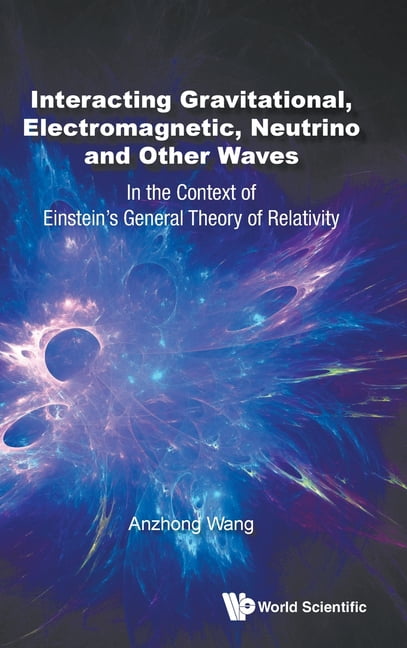

This is still three orders of magnitude larger than the cross-section measured by Cowan & Reines in their pioneering experiment. The slope of the straight line at right, when extrapolated down to 1 MeV, gives a cross section more like 10 -45 m 2. The data displayed at right is taken at energies far above the range of neutrinos from radioactive decay. The nominal neutrino cross section for interaction with a nucleon increases with energy as indicated by the data at right cited by Rohlf. By this definition in this case, the helicity is +1 for a right-handed antineutrino and -1 for a left-handed neutrino.

The helicity of a particle is defined as the ratio m s/s, or the z-component of spin divided by the magnitude of the spin. The property which has been called left-handed and right-handed here is called "helicity".

This causes the weak interactions which emit neutrinos or antineutrinos to violate conservation of parity. But the theoretical work of Lee and Yang and the experiment with cobalt-60 decay by Wu showed that this decay by the weak interaction did not conserve parity. Interactions which proceed by the strong and electromagnetic were shown by experiment to "conserve parity". Prior to 1956 all the available experimental evidence suggested that "left-handed" vs "right-handed" was not a meaningful characterization of particle interactions since the laws of physics appeared to conserve parity. For the neutrino, you would have to use the fingers of your left hand to get your thumb to point in the direction of the linear momentum. The momentum of the particle is used to define a preferred direction in space, and if you curled the fingers of your right hand to show the sense of the "spin" of the antineutrino, your thumb would point in this momentum direction. In this convention, the fingers of the right hand are used to indicate the sense of the spin or orbital motion, with the thumb pointing in the direction of the defined angular momentum. This evokes the picture of the right-hand rule for vector angular momentum. This property is related to the concept of parity and to the conservation laws which apply to particle interactions.įor neutrinos the spin is always opposite the linear momentum and this is referred to as "left-handed", whereas the antineutrinos are always "right-handed". The relative orientations of spin and linear momentum for neutrinos and antineutrinos is apparently fixed and intrinsic to the particles.


 0 kommentar(er)
0 kommentar(er)
